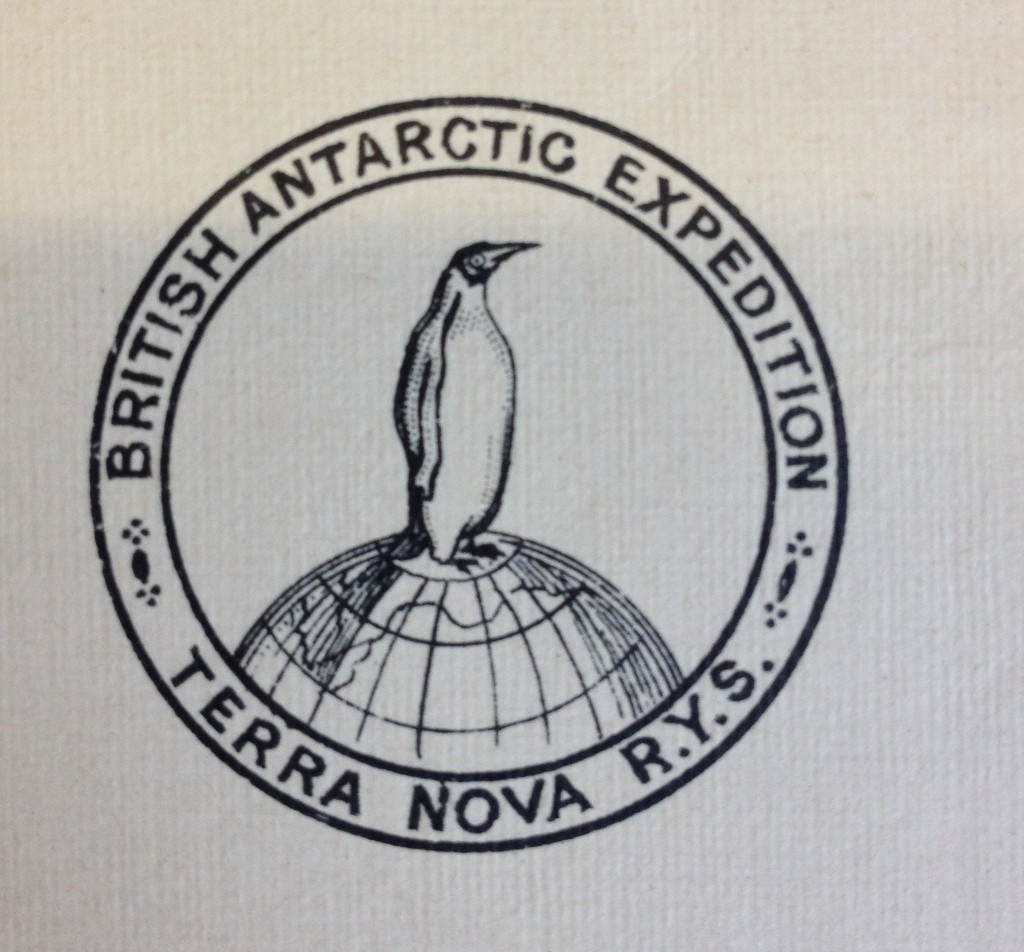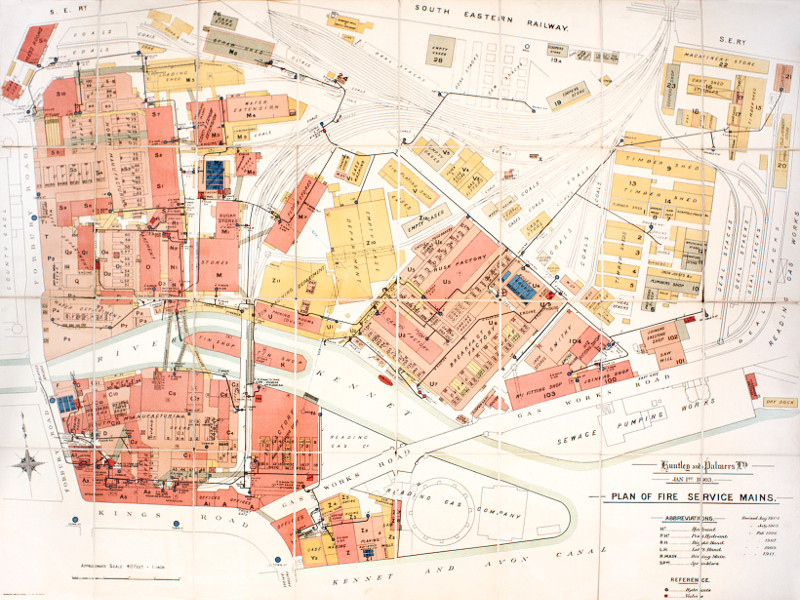As the world freezes over (well, part of it – Reading is recovering from floods, not frost!), we thought it particularly appropriate to share the story of an intrepid (if tragic) explorer and his much loved biscuits.
As early 20th-century explorers raced to reach the South Pole, they considered their supplies carefully; the right provisions could (and did) make the difference between life and a chilly death. Captain Scott set out in 1910, and part of his provisions included Huntley & Palmers biscuits – not just any biscuits, but specially made ones.

Later arrivals at Cape Evans, where Scott began his last fateful journey, found several packing cases of Huntley & Palmers biscuits in remaining food stores. Records indicate that Scott initially set out with Digestive, Rich Tea, Petit Beurre, Fancy Lunch and Ginger Nuts biscuits among others (including fruit cake), as well as Emergency, Antarctic and Small Captain biscuits; later resupplies included digestives and Small Captains.
Huntley & Palmers was not an unusual choice for Scott; by the turn of the century, their biscuits accounted for 75% of the total export of biscuits and cakes from the UK. Scott commissioned a special recipe from the company (now available on their website); although later research suggests that the team’s diet may have fallen short in nutrition, Scott believed the biscuits to be ideal.
On 20 October 1911, Scott wrote to Huntley & Palmers: ‘Dear Sirs. After further full experience of the Antarctic and Emergency biscuits supplied by you to this Expedition I am of the opinion that no better biscuits could be made for travelling purposes. I consider that they especially meet the requirements of Polar work in their hardness, food value and palatability. Yours faithfully, R Scott’.
Although Scott and the last of his men died in March 1912, they were not found until much later that year, and preparations were made back in the UK to send a selection of fruit cakes to supply the men when they returned; Huntley & Palmers themselves supplied a special Christmas cake for Scott.
The biscuit and its fame live on, however. In 1999, a biscuit found next to Scott’s body was auctioned for nearly £4,000. Purchaser Sir Ranulph Fiennes, who called it ‘the most expensive biscuit in the world’, passed the biscuit to the UK Antarctic Heritage Trust based in Cambridge.


